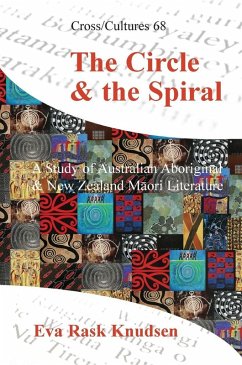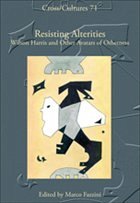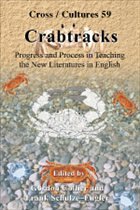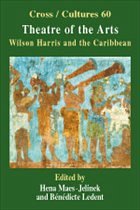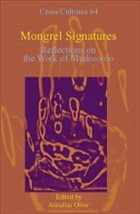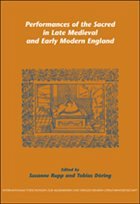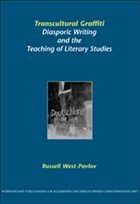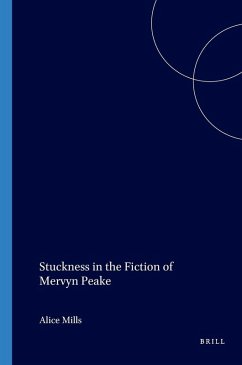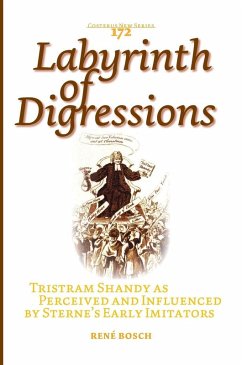
The Body in the Libray
Versandkostenfrei!
Versandfertig in über 4 Wochen
43,99 €
inkl. MwSt.

PAYBACK Punkte
22 °P sammeln!
The body is increasingly understood as being at the centre of colonial and post-colonial relationships and textual productions. Creating and circulating images of the undisciplined body of the 'other' was and is a critical aspect of colonialism. Likewise, resistance to colonial practices was also frequently corporeal, with indigenous peoples appropriating, parodying, and subverting those European practices which were used to signify the 'civilized' status of the colonizing body. The Body in the Library reads representations of the corporeal in texts of empire; case studies include: - gendered ...
The body is increasingly understood as being at the centre of colonial and post-colonial relationships and textual productions. Creating and circulating images of the undisciplined body of the 'other' was and is a critical aspect of colonialism. Likewise, resistance to colonial practices was also frequently corporeal, with indigenous peoples appropriating, parodying, and subverting those European practices which were used to signify the 'civilized' status of the colonizing body. The Body in the Library reads representations of the corporeal in texts of empire; case studies include: - gendered representations of corporeality - medical régimes - ethnography and photography in the Pacific - cultural transvestism in theatre - disease and colonial knowledge generation - 'freak shows' and colonial exhibits - cinematic representations of bodies - geography and the metaphorization of land as a penetrable body - marketing the body - organ transplants and the limits of the post-colonial paradigm In viewing colonialism and resistance as a bodily phenomenon, The Body in the Library enables new perspectives on the process of colonization and resistance. It is an important resource for teachers and students of colonial and post-colonial literatures.



